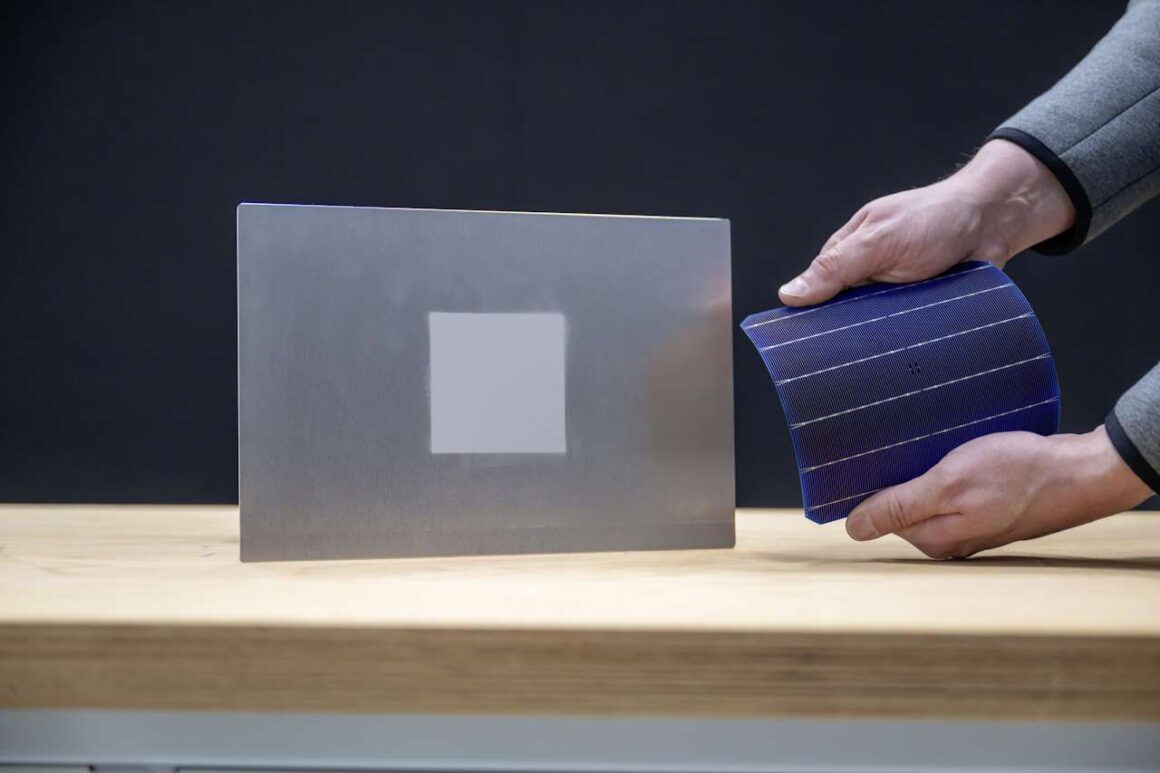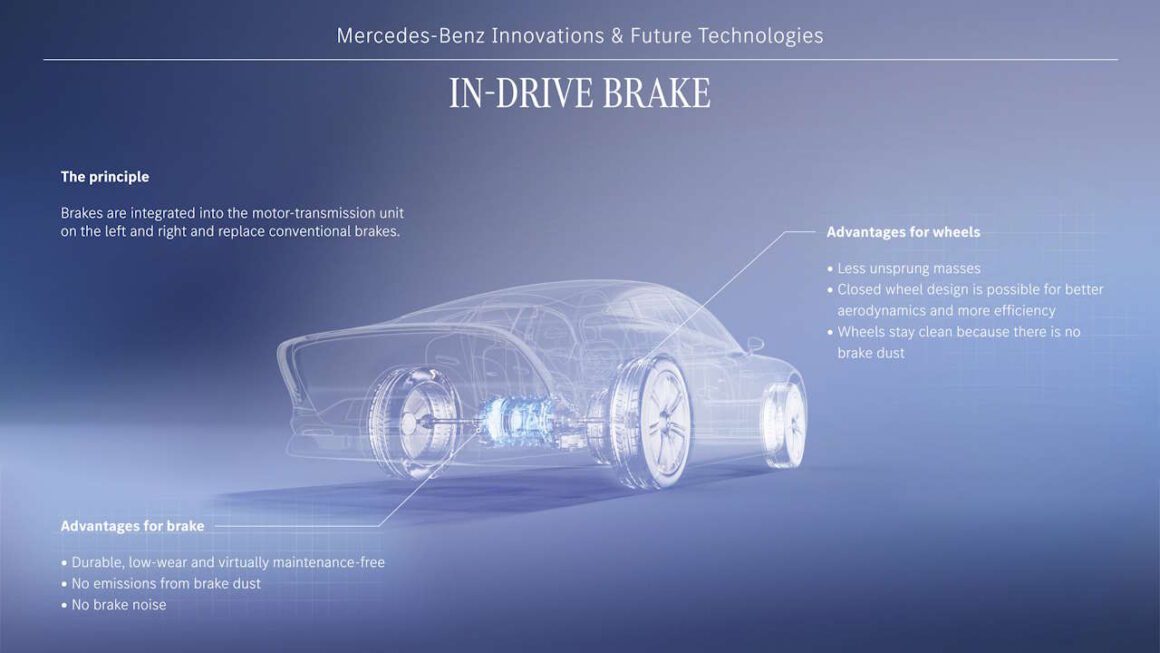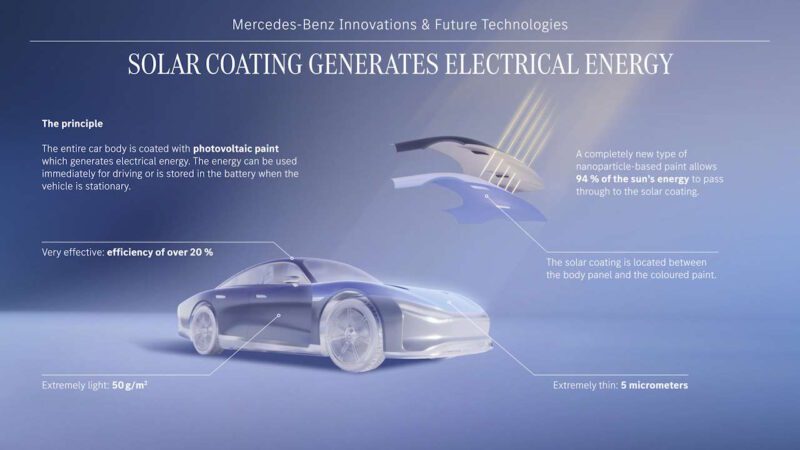German luxury automaker Mercedes-Benz has unveiled a handful of new technologies it hopes to use in its future cars, including a new kind of solar paint which it says could produce enough electricity to deliver 20,000 kilometres of driving range a year – under ideal conditions.
The solar paint was revealed as part of a slew of “research activities and future technologies” that Mercedes-Benz is currently working on which are “aimed at automotive progress far beyond the current period of transformation”.
According to Mercedes-Benz, the company is researching a new type of solar module which can be “seamlessly applied to the bodywork of electric vehicles – similar to a wafer-thin layer of paste.”
Measuring in at 5 micrometres and weighing just 50 grams per square metre, the solar modules would create an active photovoltaic surface which can be applied to any substrate.

The minute solar modules would also boast a high efficiency of 20 per cent, meaning that an area of 11 square metres – which is equivalent to the surface of a mid-size SUV – would be capable of generating up to 12,000 kilometres a year in Stuttgart, Germany, 14,000 kms in Beijing and 20,000 kms in Los Angeles.
This level of generating would require “ideal conditions” but could generate electricity and feed it directly into a high-voltage battery even when the car is not operating.
For the city of Stuttgart, in the home country of Mercedes, where the average driver covers an average of 52 kilometres a day, the paint could generate enough electricity to cover 62 per cent of this distance.
It gets even better in places like Los Angeles, where drivers could cover 100 per cent of their average driving distance using electricity generated by the solar paint.
The solar paint itself not only boasts a high level of efficiency, it is also highly sustainable, using no rare earths or silicon, relying instead only on non-toxic and readily available raw materials. The paint is also easily recyclable and considerably cheaper to produce than conventional solar modules.
As such, the Mercedes-Benz research department is currently working on using the new solar paint on all exterior vehicle surfaces, regardless of their shape and angle.

Mercedes-Benz innovations and future technologies. The brake of the future: long lasting; low wear; zero-emissions.
Other research activities and future technologies Mercedes-Benz is working on include an innovative power converter which increases battery efficiency through control at the cellular level, new sustainable materials, and an in-drive brake system which moves the conventional brake location from the wheel and integrates it in the electric drive unit at the front or rear axle.
Joshua S. Hill is a Melbourne-based journalist who has been writing about climate change, clean technology, and electric vehicles for over 15 years. He has been reporting on electric vehicles and clean technologies for Renew Economy and The Driven since 2012. His preferred mode of transport is his feet.

